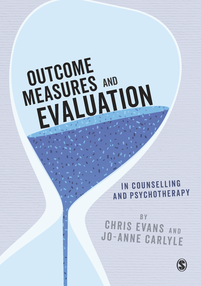Here are my usual links:
Japanese is the de facto official language of Japan. Wikipedia tells me that the Ryukyuan languages (Amami, Kunigami, Okinawan, Miyako, Yaeyama, Yonaguni) are spoken in the Ryukyu Islands chain. English is widely understood and mandatory in education. In addition languages used by ethnic minorities, immigrant communities, and foreign-language students apparently Korean apparently including a distinct Zainichi Korean dialect, Chinese and Portuguese.
There is no approved Japanese translation of the CORE-OM
There is a translation of the CORE-OM into Japanese: Uji, M., Sakamoto, A., Adachi, K., & Kitamura, T. (2012). Psychometric properties of the Japanese version of the Clinical Outcomes in Routine Evaluation–Outcome Measure. Comprehensive Psychiatry, 53(5), 600–608. https://doi.org/10.1016/j.comppsych.2011.09.006 but it was done with no liaison with CORE System Trust (and so is a copyright violation). The paper gives this information about the translation process:
The original English version of the CORE-OM was translated by one of the authors of this article (MU). To verify the accuracy of the Japanese translation, it was translated back into English by an individual unfamiliar with the original document.
[p.602]
Translation and back-translation has been known to be a very bad way to get a good translation of a measure. For an early and very clear demonstration see El-Rufaie, O. E. F. A., & Absood, G. (1987). Validity study of the Hospital Anxiety and Depression Scale among a group of Saudi patients. British Journal of Psychiatry, 151, 687–688. https://doi.org/10.1192/bjp.151.5.687 for a more recent example e.g. Epstein, J., Osborne, R. H., Elsworth, G. R., Beaton, D. E., & Guillemin, F. (2015). Cross-cultural adaptation of the Health Education Impact Questionnaire: Experimental study showed expert committee, not back-translation, added value. Journal of Clinical Epidemiology, 68(4), 360–369. https://doi.org/10.1016/j.jclinepi.2013.07.013. No current translation guidelines allow for only translation and back-translation as an acceptable method.
Professor Uji has now contacted me and agreed to work to see if we can improve the situation. Meanwhile, please do not use this translation but do contact me if you are a first language Japanese speaker and might help us fix this.
Translations of CORE instruments in minority languages in Japan
As well as the original English versions of the CORE-OM and all the adult short forms, the YP-CORE and the LD-CORE we have translations of the CORE-OM and YP-CORE into Chinese (traditional and simplified characters) and Portuguese (and Brazilian Portuguese).
Copyright formalities and acknowledgements
Page created 14/9/24, last updated 18/9/24. Text by CE made available under Creative Commons licence: Attribution 4.0 International (CC BY 4.0) (cf. licence https://creativecommons.org/licenses/by-nc-nd/4.0/ for all CORE instruments themselves). Header image of Japanese flag from https://en.wikipedia.org/wiki/File:Flag_of_Japan.svg in public domain, outline added using https://onlinejpgtools.com/add-jpg-border.


